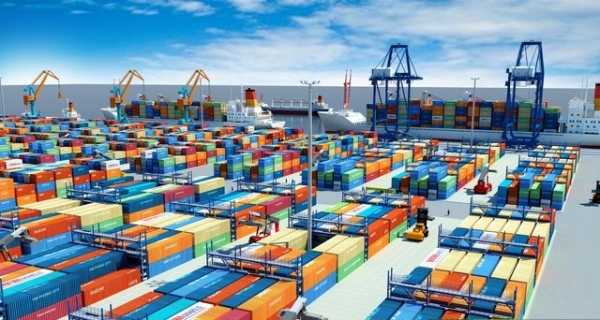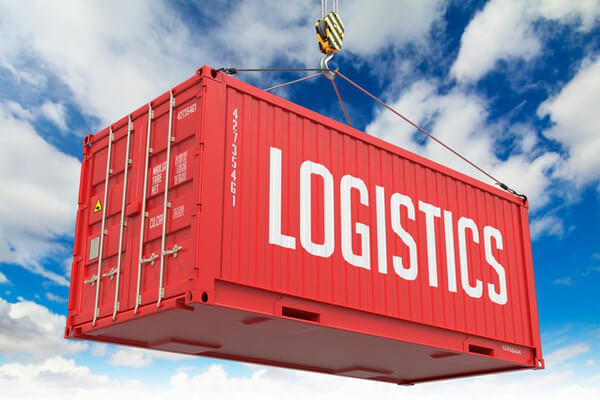Logistics plays a crucial role in the economic development of every nation. In Vietnam, the logistics sector is experiencing robust growth, driven by factors such as the e-commerce boom, international economic integration, and technological advancements. 2025 is predicted to be a key year, marking a significant turning point for the Vietnamese logistics industry with the emergence of numerous new trends.
Overview of the Logistics Industry Landscape in Vietnam

Overview of the Logistics Industry Landscape in Vietnam
While the Vietnamese logistics industry has made considerable progress in recent years, it undeniably faces challenges. The rise of e-commerce has provided a major boost, but also intensified competitive pressures. Logistics costs in Vietnam remain high compared to other regional countries, creating difficulties for businesses. Furthermore, the shortage of highly qualified personnel is a significant concern.
However, alongside these challenges, the Vietnamese logistics sector also shows positive signs. Logistics companies are continuously investing in technology and enhancing their competitiveness. The involvement of foreign businesses also contributes to bringing new technologies and services to the market. The government is actively working to support the sector’s development through infrastructure investment and administrative procedure reforms. This indicates that despite existing difficulties, the Vietnamese logistics industry holds substantial development potential for the future.
3 Promising Logistics Trends in 2025
2025 is forecast to witness the strong emergence of several important logistics trends, including Green Logistics, Digital Technology in Logistics, and Hyperautomation Logistics.
Green Logistics
Green Logistics is a trend where logistics businesses increasingly prioritize green and sustainable solutions to minimize environmental impact. Measures like using electric vehicles, renewable energy, and efficient waste management are being implemented. Research suggests that consumers are increasingly interested in environmentally friendly products and services, making green logistics a key competitive factor.
Digital Technology in Logistics

Digital Technology in Logistics includes Artificial Intelligence (AI) and Blockchain.
Artificial Intelligence (AI) – Optimizing All Processes
AI is being widely applied in logistics to solve many complex problems, including:
- Optimizing transportation routes: AI analyzes data on traffic, weather, and road conditions to find the shortest route, saving costs and transportation time.
- Demand forecasting: AI predicts market demand based on historical data and consumer trends, helping businesses to be proactive in production planning, inventory management, and transportation coordination.
- Smart warehouse management: AI helps manage warehouses more efficiently by automating the activities of receiving, storing, arranging goods, tracking inventory, and predicting storage needs.
Blockchain – Transparency and Security in Data Management
Blockchain creates a secure, transparent, and immutable data management system, which helps to increase trust in the supply chain:
- Managing product origin information: Blockchain allows tracking of the origin and history of goods from production to consumers, helping to prevent counterfeit goods.
- Optimizing customs procedures: Blockchain helps simplify customs procedures by sharing information between relevant parties quickly and securely.
- Enhancing transparency and trust: Blockchain helps enhance transparency and trust in the supply chain, allowing stakeholders to easily track and verify information about goods.
Hyperautomation Logistics
Hyperautomation Logistics, a new but equally important trend, automates logistics processes and reduces shipping times. Integrating diverse technology systems will create a smarter and more efficient logistics system, meeting growing customer demands.
Vietnam is heavily investing in developing its logistics infrastructure, including seaports, airports, roads, and railways. Modern logistics infrastructure helps lower transportation costs, strengthens connections between economic zones, and attracts foreign investment. Studies show that developing a synchronized and efficient logistics infrastructure is crucial for promoting economic and trade growth.
In Conclusion
2025 is expected to be a promising year for the Vietnamese logistics industry. Trends like the application of digital technology, green logistics, improved service quality, and infrastructure development will shape the industry’s future. Businesses and researchers must understand these trends to seize opportunities and contribute to the sustainable development of Vietnamese logistics.
We hope this information from Le Chan has been helpful!

